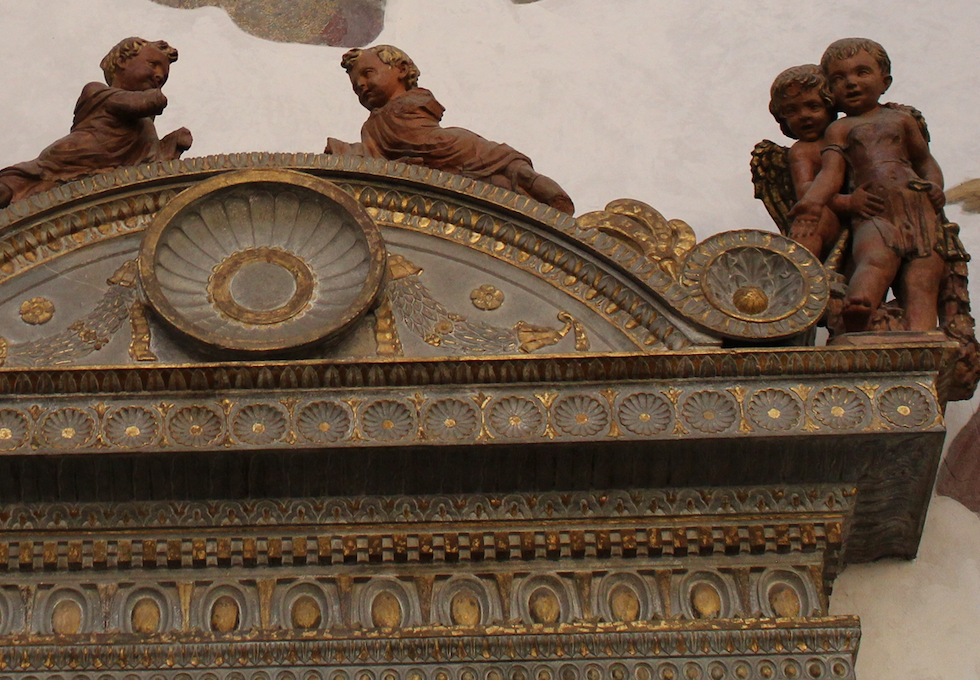Before Michelangelo, sculptures had cool blue eyes, blushing cheeks, and glimmering gowns. Colour breathed life into the forms. When we think of Renaissance sculpture, we consider the unpainted white marble works of Michelangelo. Much more common were partially painted sculptures, such as the Madonna of the Glass Eyes, where little colour remains, and fully painted sculptures, including Santa Fina.
The three examples considered in detail exemplify the range of Italian Renaissance sculpture: partially and fully painted marble sculptures, as well as those created from other coloured stones. The material originated in quarries. The specific quarry depended on the quality and type of stone required. The most prized white marble came from Carrara, but artists employed other stones from near and far, including the pietra serena and porphyry selected for Donatello’s Annunciation. Consider lapis lazuli, the most royal blue of stones, originating high in the mountains of Afghanistan, which cost more than gold. After procuring the stone, sculptors carved away excess material with point chisels. Artists created holes and undercuts with drills, and then used punches and claw chisels to shape the sculpture. Flat chisels and pumice stones produced final details and polished the surface.
Stone was rich with associations, including prestige and longevity. Stone sculptures were linked to the past, bringing forth memories of classical antiquity, yet stone was equally a material of the future, in that the durability of the medium would enable its survival for generations.
Selected Bibliography: G. M. Helms, “The Materials and Techniques of Italian Renaissance Sculpture” In Looking at Italian Renaissance Sculpture (Cambridge: Cambridge University Press, 1988); Marjorie Trusted, “Marble and Stone” In The Making of Sculpture: The Materials and Techniques of European Sculpture (London: V & A Publications, 2007).





